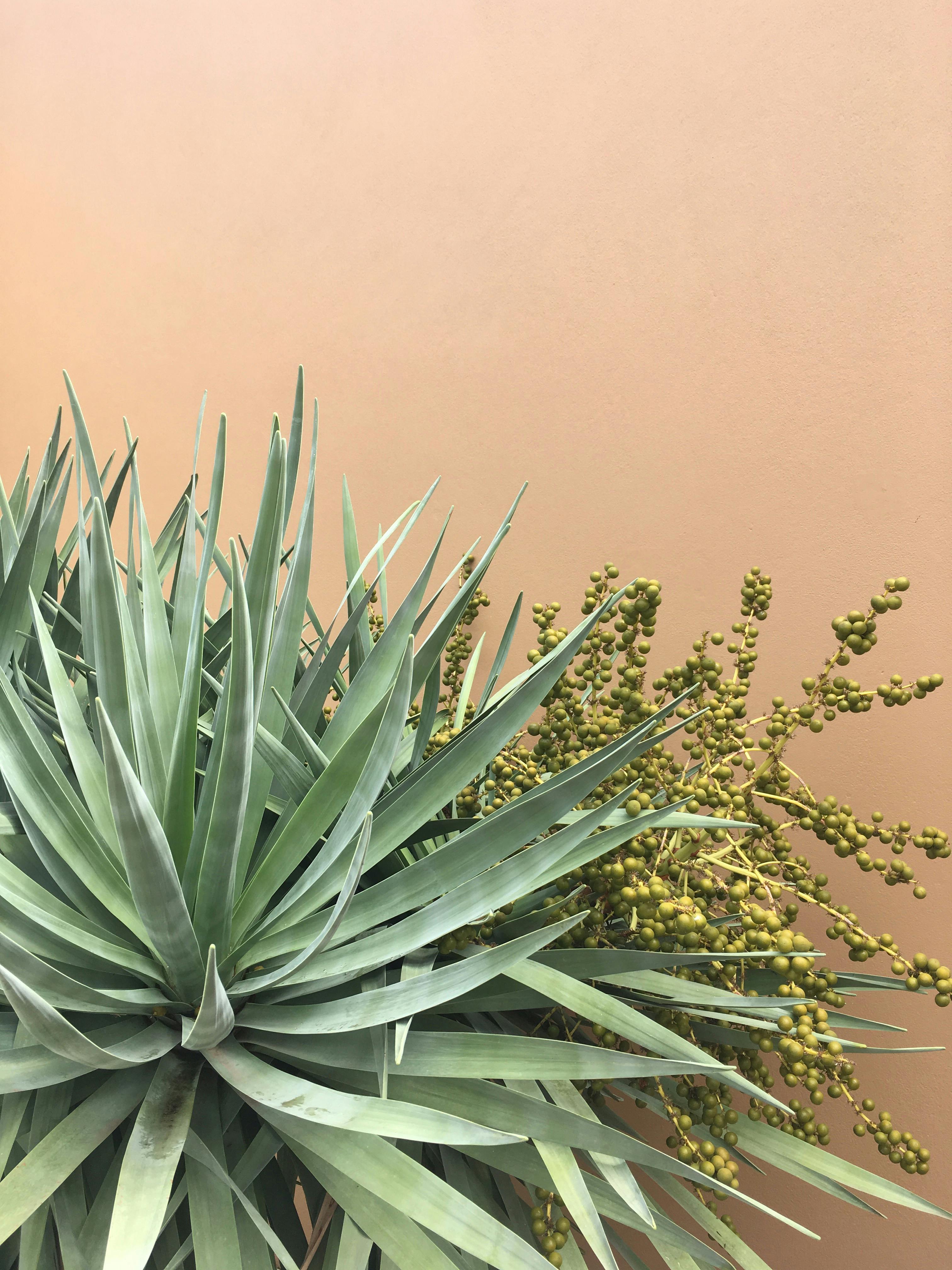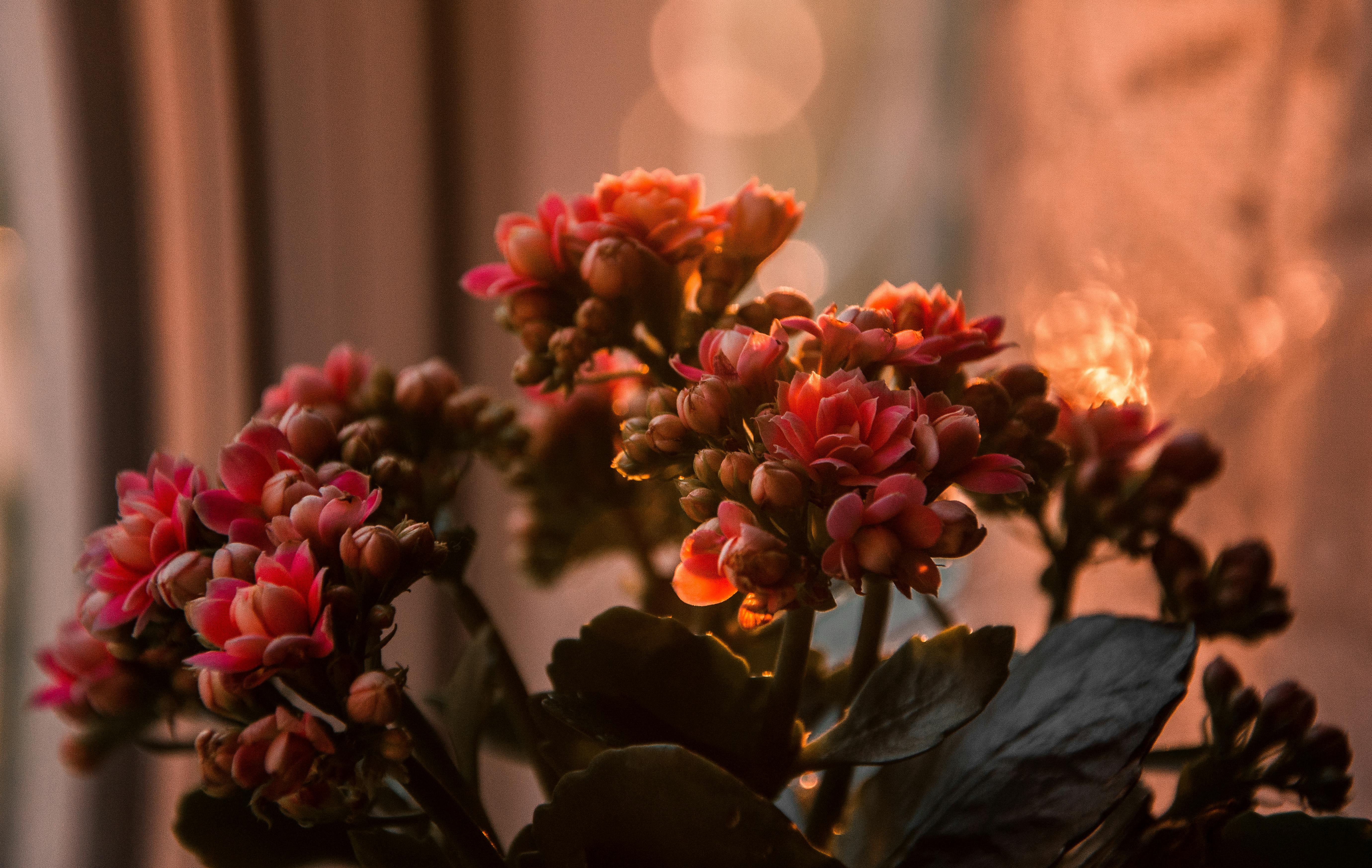
What Are Monocarpic Succulents?
Why Do Some Succulents Bloom Just Once?
Have you ever wondered why certain succulents bloom gloriously only to wither away afterward? This phenomenon is tied to monocarpic succulents, a unique group of plants that bloom just once in their lifetime. While it might seem a bit disappointing that such beautiful plants have a one-time flowering event, there’s more to this fascinating process. Understanding monocarpic succulents can help you appreciate their lifecycle and know what to expect from these incredible plants.
Understanding Monocarpic Succulents
Monocarpic succulents are plants that bloom only once before dying. The term “monocarpic” comes from the Greek words “mono,” meaning single, and “karpos,” meaning fruit. This characteristic is not unique to succulents but is found in various plant species, including some agaves and bromeliads. Once they flower, the plant invests all its energy into seed production, leading to its eventual demise. However, many monocarpic succulents produce offsets or pups, allowing the plant to live on through its offspring.
Here are 10 examples of monocarpic succulents:
- Agave americana (Century Plant)
- Sempervivum (Hen and Chicks)
- Aeonium arboreum (Tree Aeonium)
- Agave parryi (Parry’s Agave)
- Kalanchoe thyrsiflora (Paddle Plant)
- Furcraea foetida (Mauritius Hemp)
- Agave victoriae-reginae (Queen Victoria Agave)
- Aeonium undulatum (Stalked Aeonium)
- Agave salmiana (Giant Agave)
- Dudleya brittonii (Giant Chalk Dudleya)

Why Do Monocarpic Succulents Die After Blooming?
The death of monocarpic succulents after blooming is part of their natural lifecycle. After years of growth, the plant accumulates energy and resources to produce flowers and seeds. This final reproductive effort exhausts the plant, leading to its death. While this may seem unfortunate, it’s a vital process in nature, ensuring the continuation of the species. Understanding this can help you prepare for the eventual decline of your monocarpic succulent and plan for its replacement or propagation through offsets.
Examples of Monocarpic Succulents
Several succulents fall under the monocarpic category, each with its unique traits. One of the most well-known is the Agave plant, particularly the Century Plant (Agave americana), which blooms once after many years. Aeonium species are another example, with their striking rosettes that produce a tall bloom stalk before dying. Sempervivums, also known as “hen and chicks,” are monocarpic, but they offset prolifically, ensuring their presence in your garden.

How to Identify Monocarpic Succulents
Identifying monocarpic succulents can be tricky, as they often look similar to non-monocarpic varieties. However, you can spot them by researching specific species or noticing the plant’s behavior as it matures. When a succulent begins to produce a central flower stalk, particularly one that’s taller and more pronounced than usual, it might be monocarpic. Keeping track of your succulent species and learning about their lifecycles can help you determine if your plant is monocarpic.
Caring for Monocarpic Succulents
Caring for monocarpic succulents requires a bit of patience and understanding. These plants typically live for several years before blooming, so regular care, including proper watering, light, and soil conditions, is essential. As they near their blooming phase, you might notice changes in growth patterns. Providing consistent care during this time can help the plant have a successful bloom, and afterward, you can focus on nurturing any offsets or pups that emerge.

Propagating Monocarpic Succulents
Propagation is a great way to continue enjoying monocarpic succulents even after the parent plant dies. Many monocarpic succulents produce offsets, or pups, around the base of the main plant. These can be carefully removed and replanted to start a new succulent. For species that don’t offset, collecting seeds and growing them from scratch is another option. While it may take time for these new plants to mature, propagation ensures the longevity of your succulent collection.
Preventing the Loss of Your Favorite Monocarpic Succulents
If you have a favorite monocarpic succulent, the idea of losing it after a single bloom can be disheartening. However, there are ways to mitigate this loss. By regularly propagating offsets or pups, you can maintain a constant supply of your beloved plant. Some gardeners also opt to delay the blooming process by carefully pruning or removing the flower stalk early, though this requires a delicate balance to avoid harming the plant.

Common Myths About Monocarpic Succulents
There are a few myths surrounding monocarpic succulents that can cause confusion for gardeners. One common misconception is that all succulents die after blooming. This isn’t true; only monocarpic species follow this pattern. Another myth is that monocarpic succulents can’t be propagated, which isn’t accurate either. With the right techniques, you can propagate these plants and enjoy them for years to come. Clearing up these misconceptions can help you care for your succulents with confidence.
How to Handle the Death of a Monocarpic Succulent
When a monocarpic succulent dies, it’s natural to feel a bit disappointed. However, this is a normal part of the plant’s life cycle, and it can be an opportunity to introduce new plants into your garden. After the plant has bloomed and died, remove the dead foliage and assess the area for offsets or pups. If you’ve prepared for this eventuality, you can transition smoothly from the old plant to the new, keeping your garden vibrant and thriving.

Should You Buy Monocarpic Succulents?
If you’re considering adding monocarpic succulents to your collection, it’s important to weigh the pros and cons. On the one hand, these plants offer unique beauty and fascinating lifecycles. On the other hand, they require a long-term commitment, and their eventual death may be a drawback for some gardeners. However, if you enjoy the challenge of propagation and appreciate the natural process of growth and renewal, monocarpic succulents can be a rewarding addition to your garden.
Embracing the Lifecycle of Monocarpic Succulents
Monocarpic succulents offer a unique gardening experience, blending beauty with the inevitable cycle of life and death. While their one-time bloom and subsequent demise might seem bittersweet, understanding their lifecycle can deepen your appreciation for these fascinating plants. With the right care and preparation, you can enjoy their beauty and continue their legacy through propagation, ensuring that your garden remains full of life, even as some plants complete their journey.

